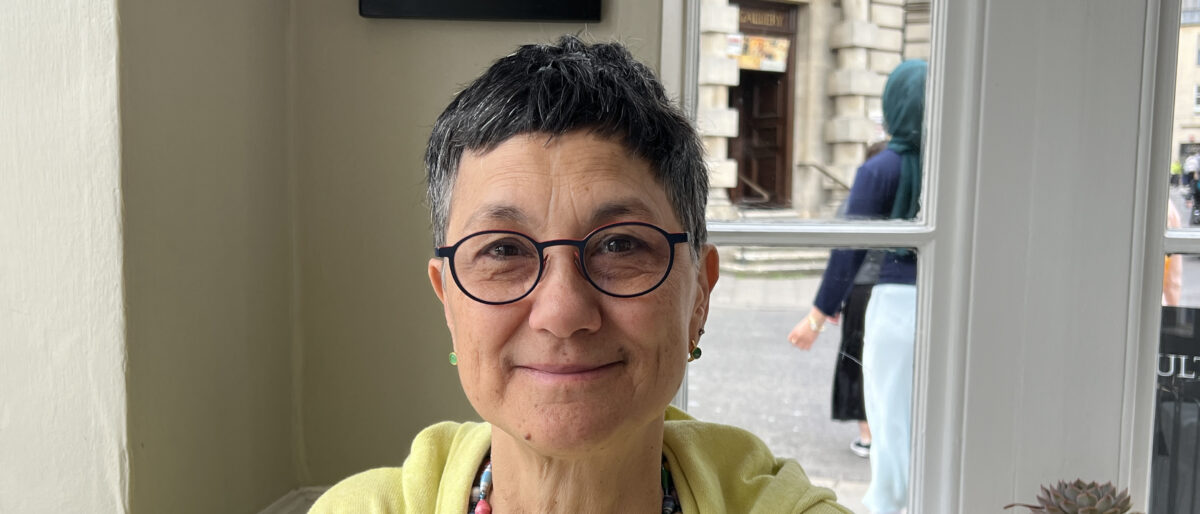Last week I took part in an excellent event organised the Department of Land Economy at Cambridge University and the Centre for Research in the Arts, Humanities and Social Sciences (CRASSH) looking at the question ‘What does it mean for a city to grow?’
This matters a lot to me, both as a councillor and as an architect and maker of spaces, and so I was pleased to join a panel with Peter Studdert, a former Chief Planner for Cambridge, and Cambridge Ahead’s Director of Programmes and Partnerships, Andrew McGowan.
It was nice to see familiar faces in the audience (hello, Anthony!) and I really enjoyed the discussion. Here are some of the points I wanted to make as my contribution.
Perhaps we should start by asking what we mean by ‘a city’ – is it the historic centre, the local authority boundary, the green belt, the travel to work area, the economic region…and how far does it go? All the way down to KX?
From my perspective, I like to draw maps with Cambridge in the centre, and then consider how far we need to extend our thinking depending on the policy area – it’s useless to have a travel plan just for the historic centre.
If ‘city’ is complicated, ‘growth’ is even messier. Each of us needs to be careful to clarify what we mean when you use it. I try to avoid it, but where I can’t avoid it I tend to fall back on a useful definition in the current National Policy Planning Framework
This talks about three pillars for sustainable development – economic, environmental, and social – and notes that they all need to be in balance. Unfortunately many discussions and metrics focus on economic growth and ignore social and environmental aspects
But we can also ask what we are talking about when we talk about economic growth – is that more businesses? Or do we want to ‘grow’ the ones we have? More jobs? or better pay, better conditions? Do we value what companies are worth? Or the value of their patents?
I think it’s clear that by choosing which measures to focus on, we can easily distort the debate, or decide to do the wrong thing.
In the work I’m doing towards the emerging local plan, I have paid attention to innovation, productivity, and economic growth that is supported by suitable infrastructure development. And I look beyond Cambridge city or even the shared planning authority for some aspects, like transport strategy which desperately needs a different approach.
Whatever model of growth we work with, it depends on place, and that brings me to the challenges we face in Shared Planning relating to the built environment.
The purpose of the planning system is to contribute to the achievement of sustainable development. At a very high level, the objective of sustainable development can be summarised as meeting the needs of the present without compromising the ability of future generations to meet their own needs.
We tend to focus on new build, but really need to think about existing ones. In 2050, 90% of homes will be the ones we’ve got now, so making a difference requires us to do something with them, and not believe we can rely on building sustainably, whatever that might mean. Yes, the new 10% should be built to the best standards – but this Labour councillor is increasingly frustrated that the legislation around house building limits what we can do on things like water use – and of course, I’m hoping this will change soon.
As we look at existing building, we also need to balance money, place and people – and it’s a lot harder. What aspects of the existing buildings do we want to ‘grow’ – energy efficiency? water efficiency? Should we ‘grow’ efficiency by shrinking use? And I don’t want to see demolition, we must think of deconstruction – like the TP site where materials are being resused, not dumped.
What? is environmental growth – I like trees, but biodiversity net gain isn’t sufficient. Can we ‘grow’ opportunities to grow food locally? Can we slow then stop the destruction of nature? Can we break down the silos of planning regulations and agriculture regulations?
And how do we grow social connections and wellbeing? How do we grow democratic effectiveness? How do we value happiness or the importance of people’s democratic engagement.
It means ALL of these things for a city to grow – so let’s not let the people with money, or who want to make money, tell us otherwise. And if a lot of this sounds like Doughnut Economics… that’s not a bad thing to me.
